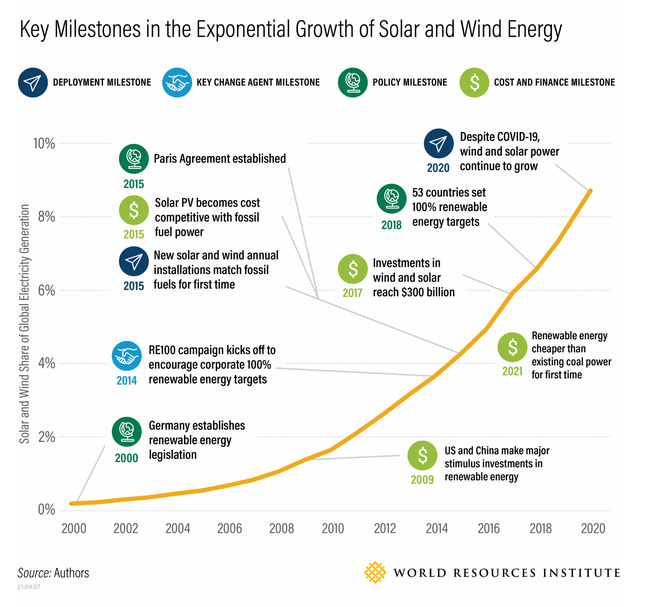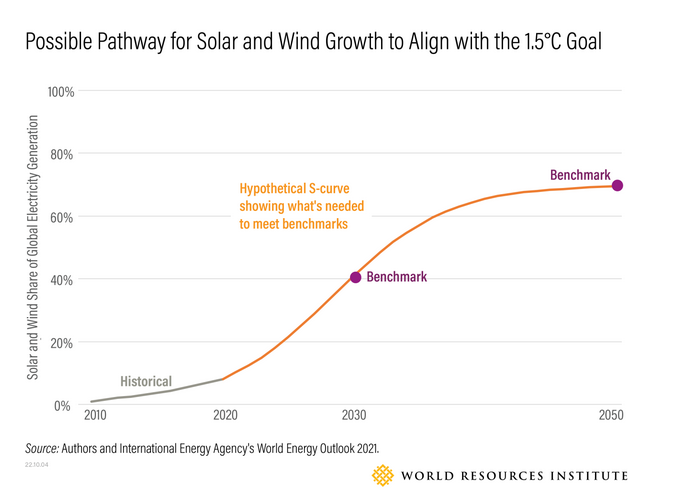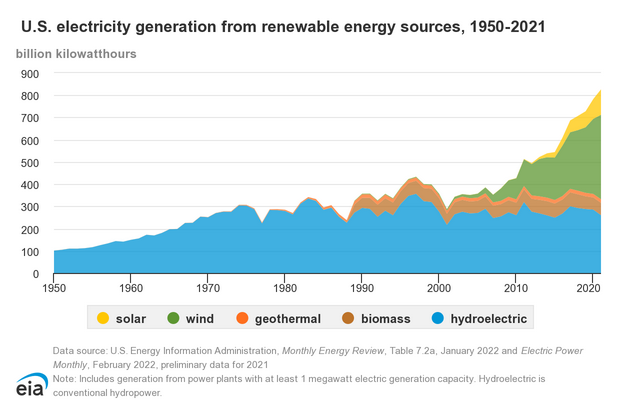To stabilize the climate, scientists agree that we must reach net-zero carbon emissions by 2050, such that any leftover carbon releases are balanced by carbon removal. While they characterize the approaches differently, there is surprising similarity in the underlying concepts for global decarbonization.

The World Bank summarizes findings from models developed by the International Panel on Climate Change (IPCC) and recommends action in four areas:
- 1. Decarbonize energy generation;
- 2. Electrify everything;
- 3. Improve efficiency and waste reduction; and
- 4. Preserve and increase natural and artificial carbon removal utilizing trees, other vegetation, and soils.
Our planet must be powered entirely by clean energy, which is the fuel that does not create carbon emissions. The simplest way to do this is to decarbonize energy, which is currently becoming cleaner. Solar and wind investments made 20-30 years ago have paid off handsomely, as they are today the cheapest and fastest-growing sources of emission free electricity in the United States and throughout the world.

Renewable power generation is growing at an exponential S-curve, with the ability to eradicate energy emissions of planet-baking carbon dioxide and methane. Wind and solar energy are accessible in almost every corner of the planet, and generating prices have decreased faster and further than any expert projected.
Electricity is also subject to less price volatility than fossil fuels because there are so many ways to produce it. Like all good investments, it’s diversified.

The fast decarbonization of electricity is some of the most encouraging news we’ve heard, but we can’t rest on our laurels since we still have a long way to go. We must phase out natural gas as an energy source and close any existing coal facilities as soon as feasible.
Wind, solar, geothermal, biomass, hydro, some nuclear, and developing technologies like wave and tidal are among the clean power sources of the twenty-first century, all linked with breakthrough storage technologies like batteries to balance the intermittent nature of renewables.
And where we get thrilled is that, for the first time in electricity production history, individuals may create the energy that their houses and automobiles require to function.
Reference- EIA website, WRI website, IREDA website, World Bank Report, Clean Technica






